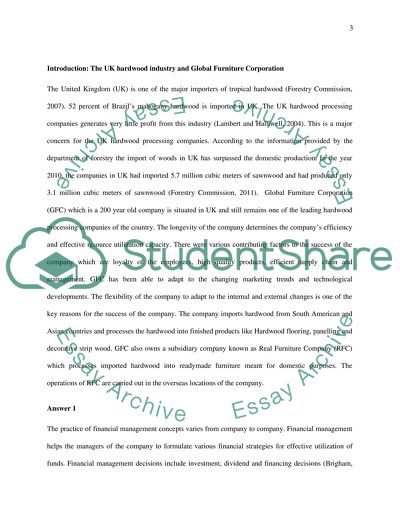Cite this document
(“The UK hardwood industry and Global Furniture Corporation Essay”, n.d.)
Retrieved from https://studentshare.org/finance-accounting/1404074-international-finance-case-study-analysis-report
Retrieved from https://studentshare.org/finance-accounting/1404074-international-finance-case-study-analysis-report
(The UK Hardwood Industry and Global Furniture Corporation Essay)
https://studentshare.org/finance-accounting/1404074-international-finance-case-study-analysis-report.
https://studentshare.org/finance-accounting/1404074-international-finance-case-study-analysis-report.
“The UK Hardwood Industry and Global Furniture Corporation Essay”, n.d. https://studentshare.org/finance-accounting/1404074-international-finance-case-study-analysis-report.


